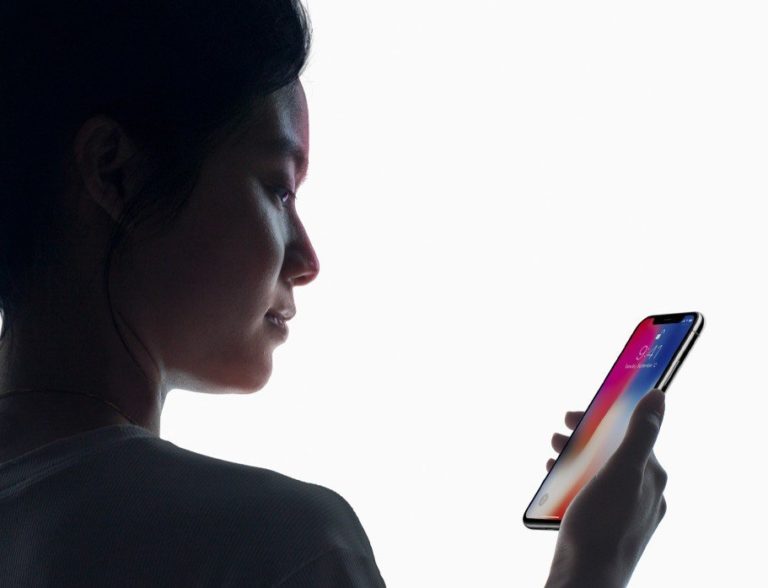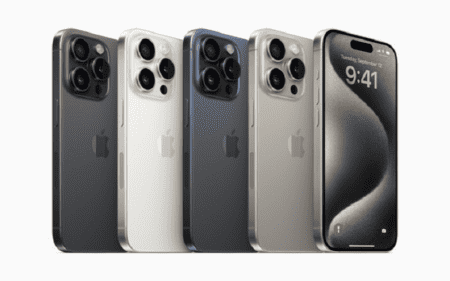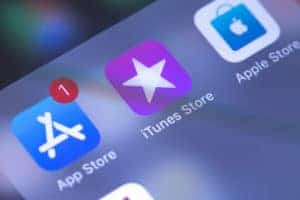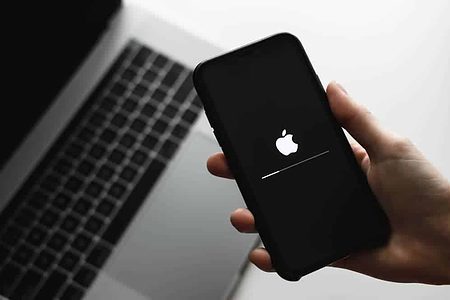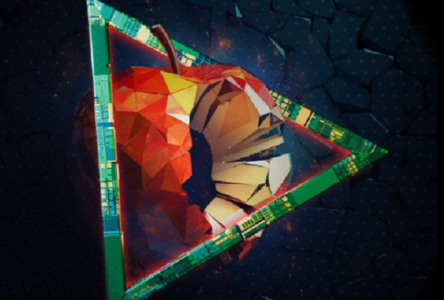Apple may make it extremely complicated for police and other security services to break into iPhones – it’s not impossible. The U.S. Federal Bureau of Investigation has unlocked an iPhone X for the first time with a somewhat unconventional method.
For the first time, the FBI has forced a criminal suspect to unlock his iPhone X with facial recognition. This has long been allowed under US law, but it is only now being applied in practice for the first time. In fact, according to some, this is the first time that a police department around the world has forced the owner of a smartphone to unlock the facial recognition device.
Suspect of child abuse
That reports business magazine Forbes based on FBI documents. On 10 August, the FBI searched the house of a 28-year-old child abuse suspect. On the spot, the man was forced to unlock his iPhone X with facial recognition. The defendant agreed, giving the FBI access to his media, communications and more.
The FBI could force the accused to do so thanks to a search warrant, which stated that any and all notes, documents, recordings or correspondence in any format or medium (including, but not limited to, letters, emails, chat conversations, electronic messages, other digital files and web-cache information).
The chatapp Kik Messenger provided evidence for the FBI. Without knowing it, the 28-year-old suspect had communicated with an undercover agent, who pretended to be a father interested in sex with minors. The 28-year-old suspect was later charged with possessing and receiving child pornography.
In the past, suspects have already been forced to give their fingerprints to unlock phones that were secured with Touch ID. Now it seems that Face ID also falls into that category. Forcing people to give their passwords is not possible yet.
This news article was automatically translated from Dutch to give Techzine.eu a head start. All news articles after September 1, 2019 are written in native English and NOT translated. All our background stories are written in native English as well. For more information read our launch article.